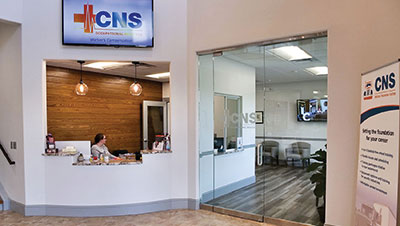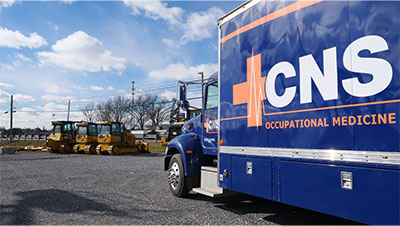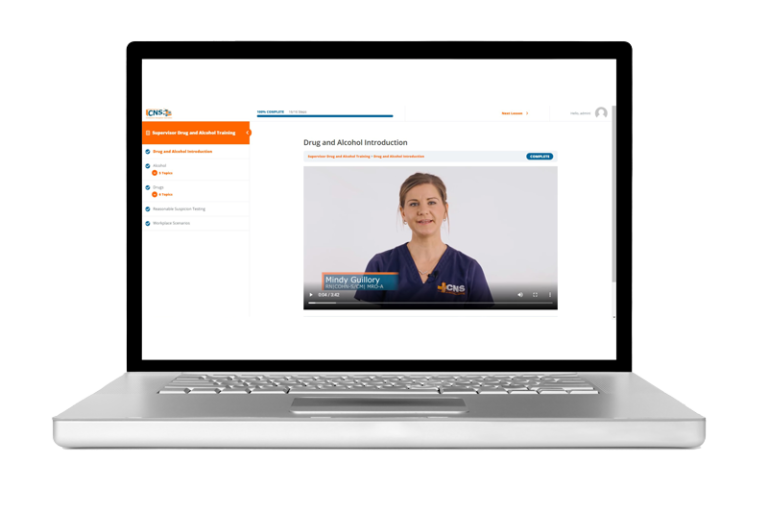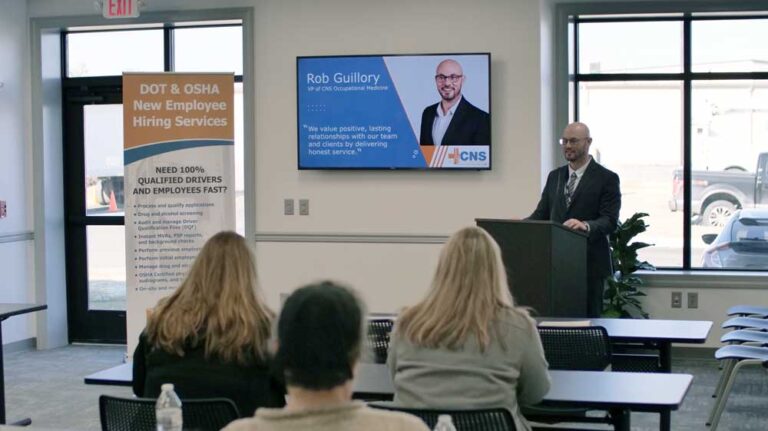A study in 2005 found that one-third of the nation’s workers are required to exert strenuous force in their daily jobs.
With many employers looking for workers, they often take any able body that meets the minimum of the job description. These new employees often face injuries on the job that could have been prevented with a more thorough hiring process.
These injuries are no small issue. The total cost of work injuries in 2019 was $171 billion. This includes $53.9 billion in wage and productivity losses, $35.5 billion in medical expenses, and $59.7 billion in administrative expenses.
Every employer wants to keep OSHA recordables as low as possible as any work-related injury is one too many and claims add up quickly.
The easiest way to fix the problem is to just change the job description.
Why change job descriptions now to prevent OSHA recordables
OSHA requires many employers to keep a record of injuries and illnesses to help these employers and their employees identify hazards, fix problems, and prevent additional injuries and illnesses.
Since the Bureau of Labor Statistics reports more than three million workers suffer a workplace injury or illness every year, OSHA started making this injury data public for high-hazard industries in 2016.
“Since high injury rates are a sign of poor management, no employer wants to be seen publicly as operating a dangerous workplace,” said Assistant Secretary of Labor for Occupational Safety and Health Dr. David Michaels.
“Our new reporting requirements will ‘nudge’ employers to prevent worker injuries and illnesses to demonstrate to investors, job seekers, customers, and the public that they operate safe and well-managed facilities.
That’s right, OSHA created the largest publicly available data set on work injuries and illnesses with data from all establishments with 250 or more employees in industries covered by the recordkeeping regulation.
If your safety history is poor, it will be even harder for you to find quality employees that want to work for you.
So, what should change?
Have the job description reflect the actual job role and physical requirements
A proactive safety culture begins at the hiring process.
The question every job description should ask is “does the prospective employee have the physical capacity to perform their job safely and effectively?”
Safety hazards are the primary cause of workplace illnesses and injuries that could include chemical, physical, or ergonomic hazards present at work.
The job description should help new hires to better understand the physical demands of the position before they sign up to work with you.
Even better, these prospective employees now know you care about them and are committed to their well-being at work. This can lead to an increase in worker retention and keep workplace accidents at bay, protecting your employees and business.
So, what should be added in the job description?
First, analyze the job’s physical requirements and talk with supervisors and employees who currently hold the position to learn about frequent physically demanding activities or hazards.
Then, include examples of physical tasks the job may require in the job description.
For example, the job may require lifting 20-pound boxes and placing them at various heights on shelves.
Second, don’t forget to mention other OSHA or federal required testing that must be performed for the job.
Have the job description detail what post-offer testing is required
As an employer, you’re tasked with protecting your workers above all else. Therefore, it’s crucial to discover if an employee is a good fit for a physically demanding post before an injury happens.
To find the right employee for the job that meets the safety standards put in place, there are three basic post-offer testing that should be expected from the new-hire.
These include a pre-employment drug and alcohol test, physical agility test, and required job specific physicals like respirator physicals, audiograms, or HAZMAT physicals.
Pre-employment drug and alcohol tests may be federally required. But no matter what, failure to test for recent drug use can lead to costly hiring mistakes or federal fines.
[Related Article: Should your drug test policy include testing for marijuana?]
Since we mention federal regulations, don’t forget about DOT physicals that test general health, mental and emotional well-being for anyone planning to drive a commercial motor vehicle.
Respirator physicals are required by OSHA under certain conditions and are meant to ensure employees who are exposed to respirable toxins are properly protected.
Audiometric testing monitors an employee’s hearing over time.
Post-offer physical agility test consists of medical, physical, and non-medical tests designed to make sure they can fulfill all job requirements safely.
As we mentioned previously, the job may require lifting 20-pound boxes and placing them at various heights on shelves. The PAT report may find that the potential employee had rotator cuff surgery a year ago and require the employee to perform the task in their office to see what their capacity appears to be and add their observations to the report.
With this information, you can ask better questions, such as: Is reinjury likely? How much risk is our company willing to accept if we hire the employee?
How CNS Occupational Medicine can help
We offer a number of physicals related to DOT, Non-DOT Medical Services and OSHA-Realted work.
Some physicals that we offer include DOT physicals, Asbestos Physicals, Respirator Physicals, Immigration Physicals, HAZMAT/HAZWOPER Physicals, Silica Physicals, Audiogram testing, and more.
Schedule your respirator physical, medical exam, and fit test today.
For more information, contact us at 800.551.9816 or info@cnsoccmed.com.










